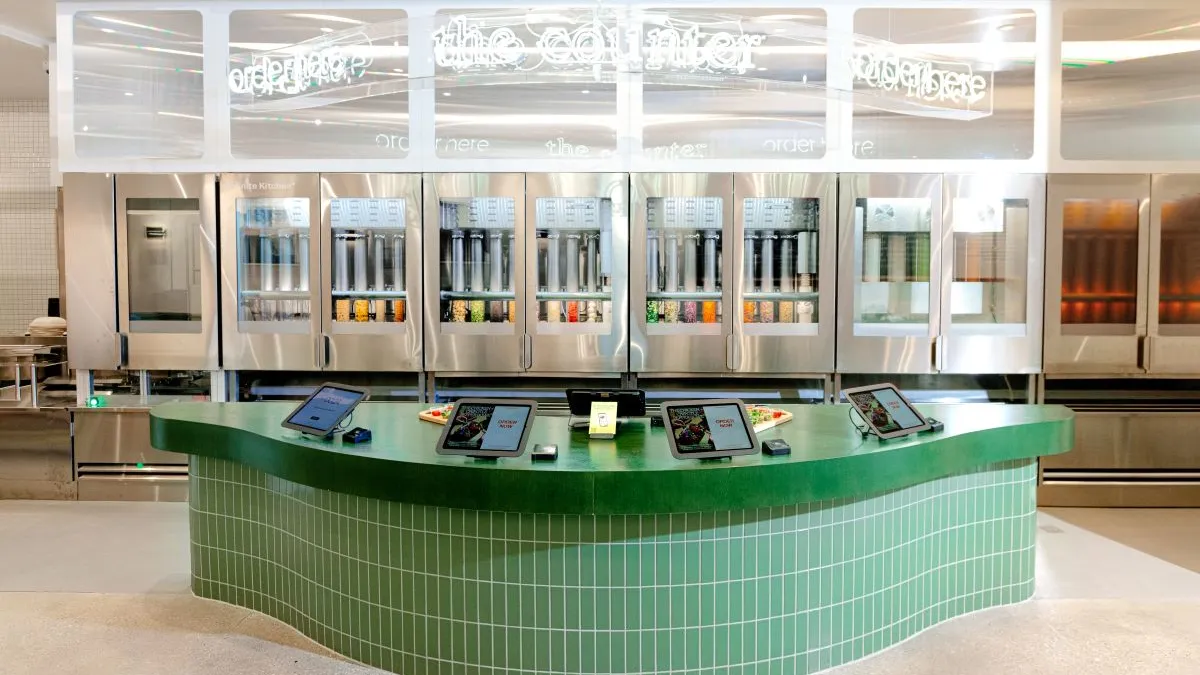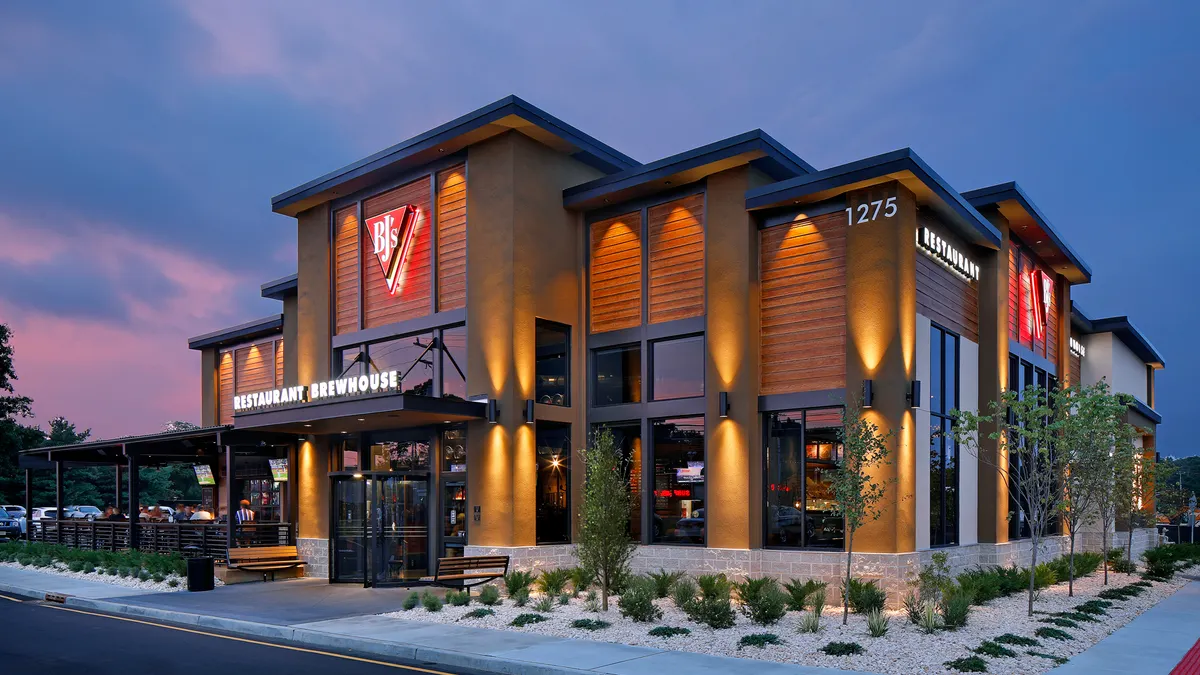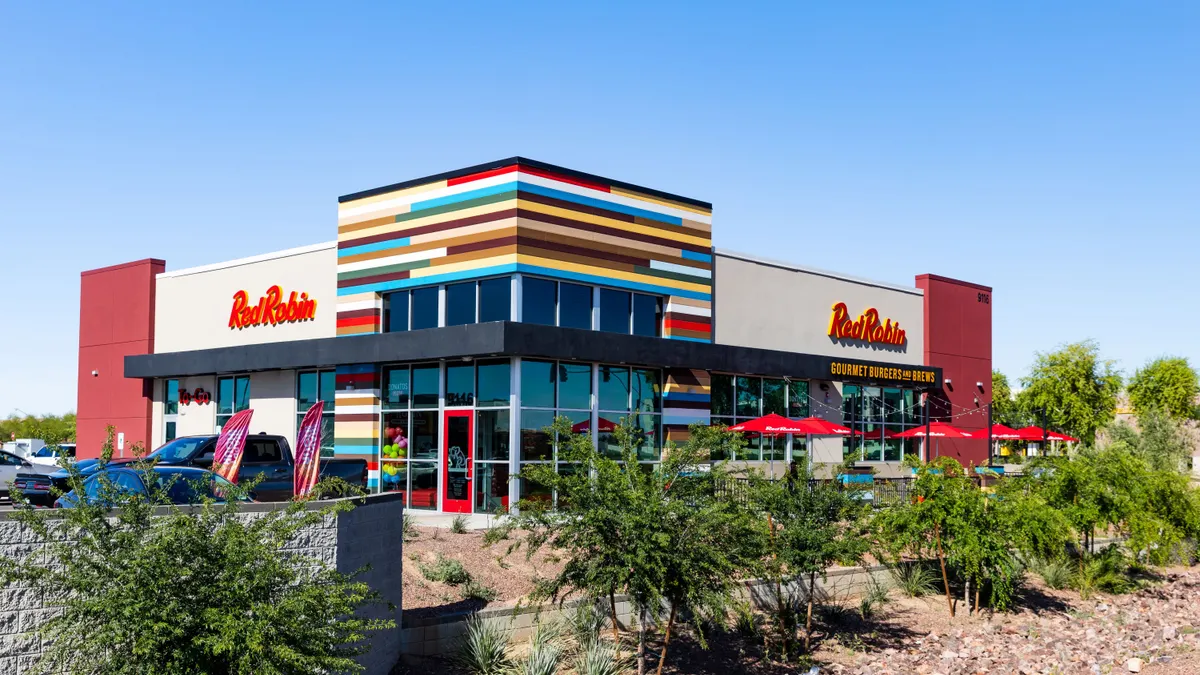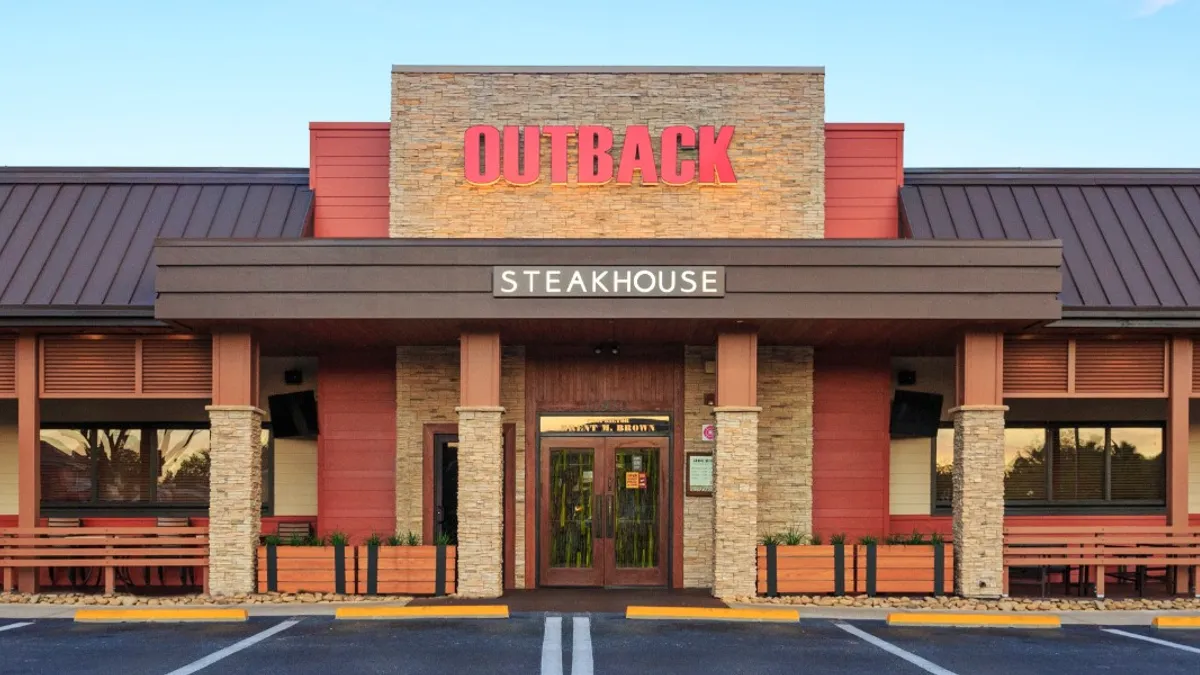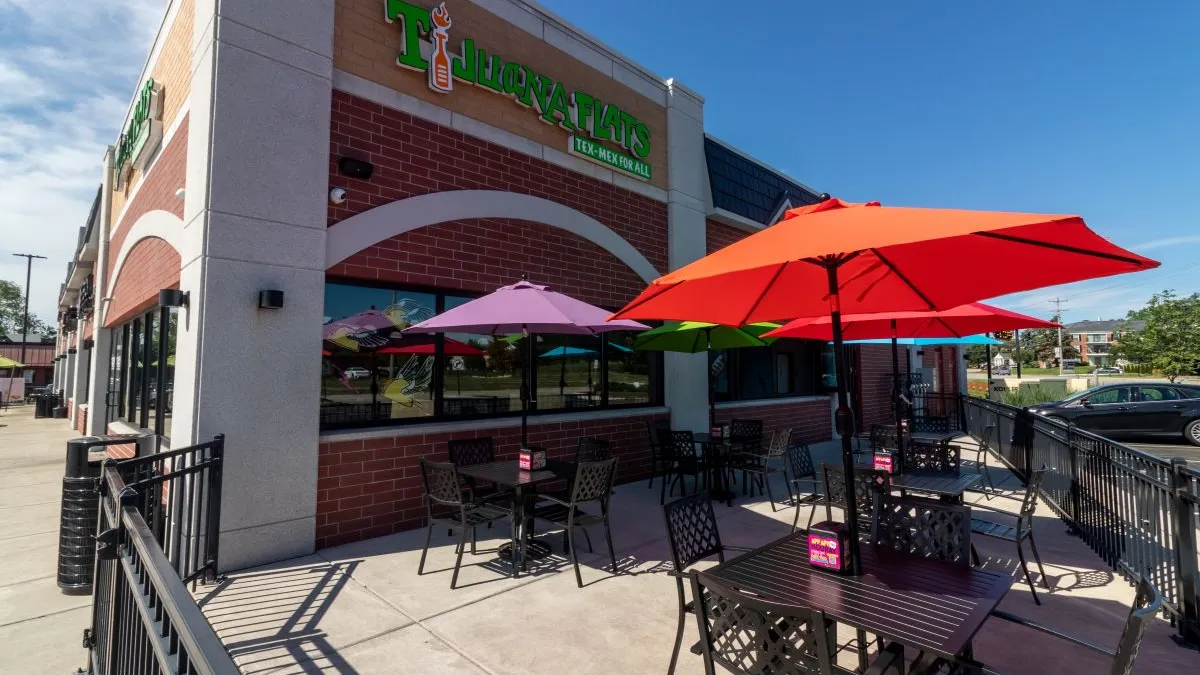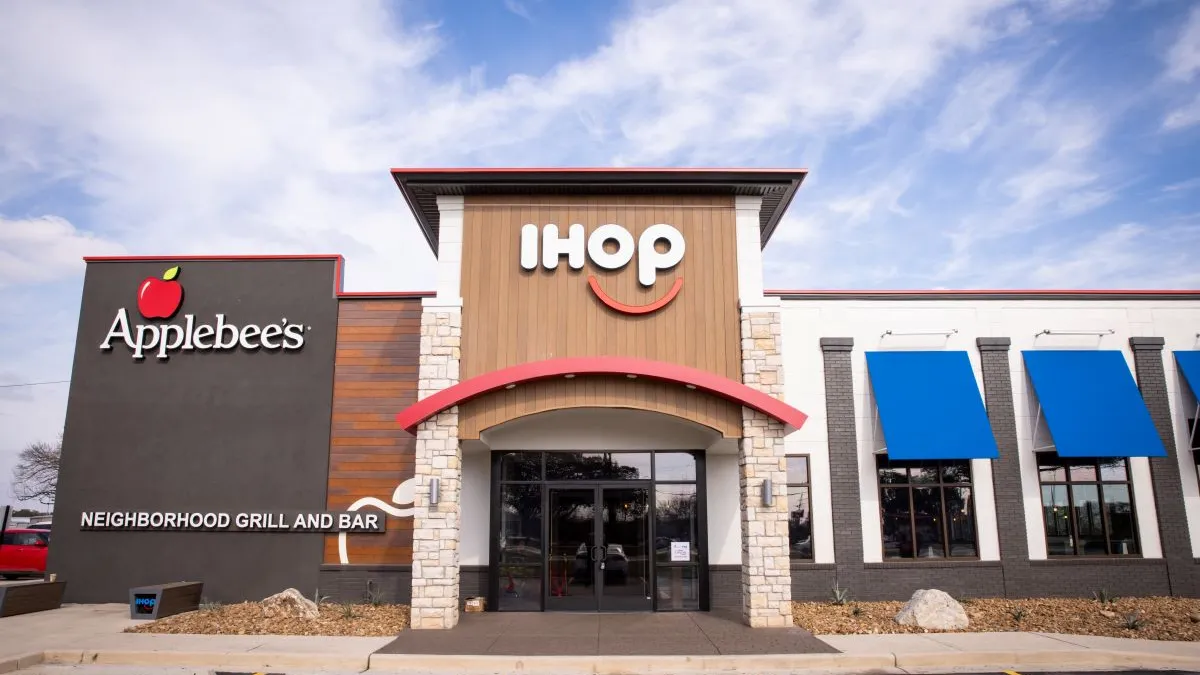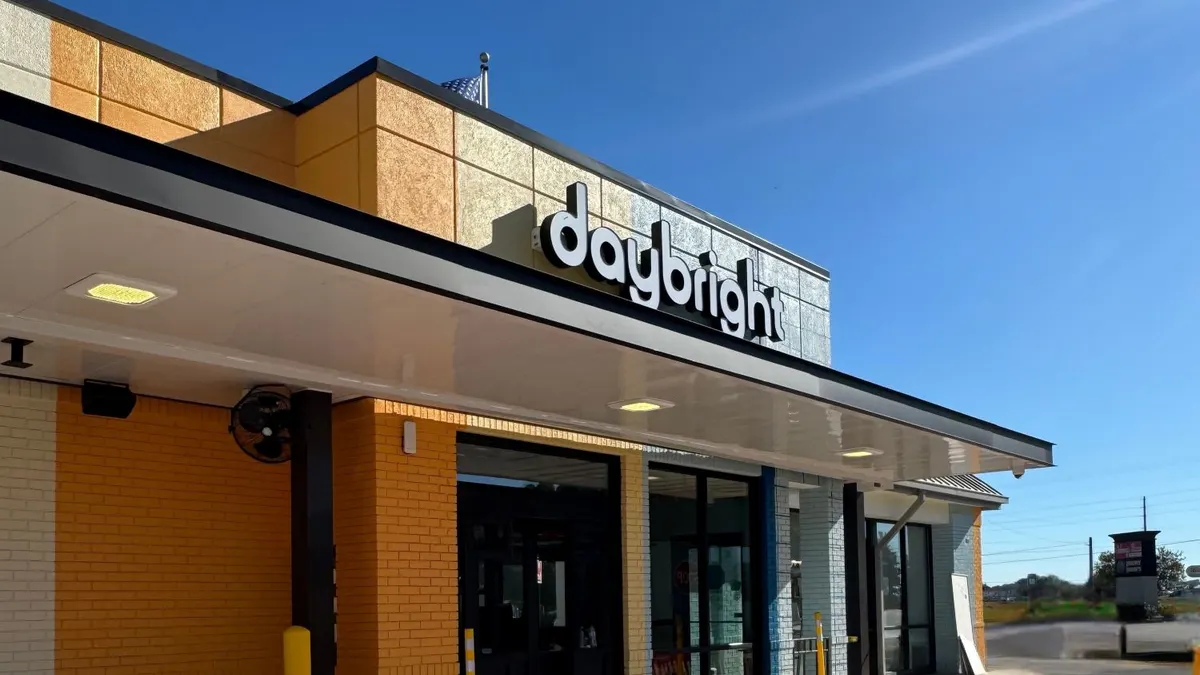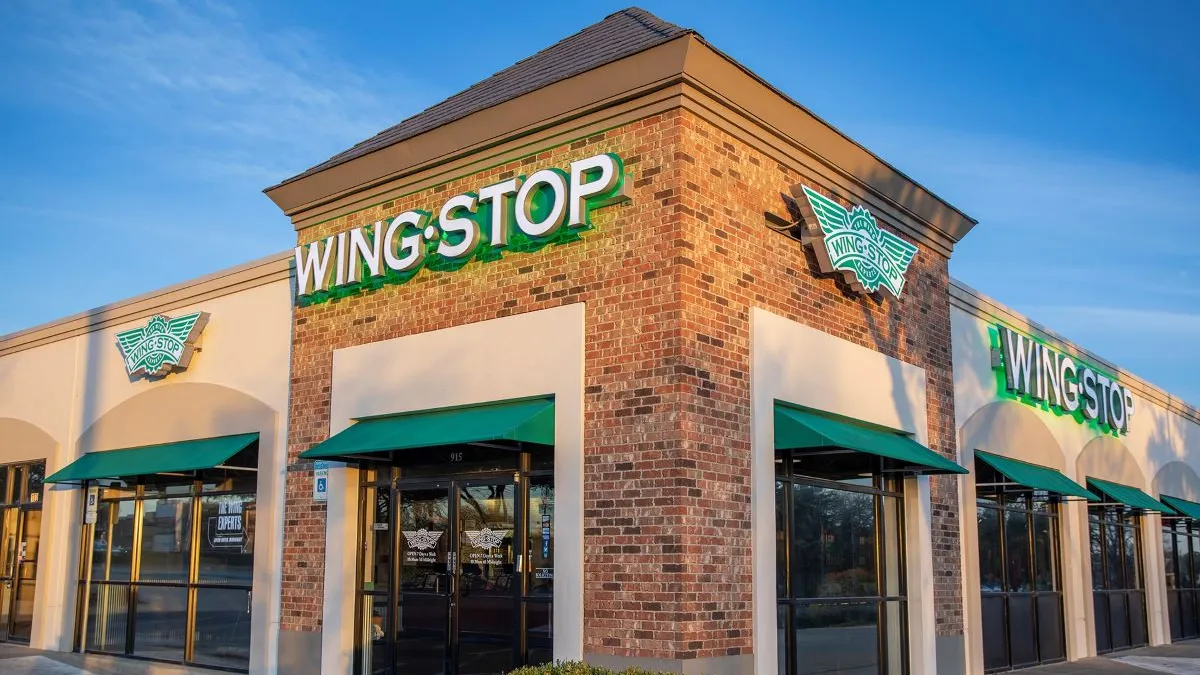When McDonald's CEO Steve Easterbrook was suddenly fired in October over his relationship with an employee, he received over $40 million in total compensation, which included vested stock options. The size of this payout has sparked criticism, especially since it is 2,124 times the average pay of a McDonald's employee, which totals $7,473 per year, according to Esquire.
As fast food employees continue to push for $15 minimum wage, additional scrutiny of the gap between other fast food CEOs and their workers is growing, Andrew Selepak, University of Florida director of MAMC social media, told Restaurant Dive.
"It's not too difficult to figure out where that money is not being spent," Selepak said in a recent interview. "It's not being spent on employees."
A slew of lawsuits involving worker treatment and pay has shone a light on ongoing problems with workers as well. McDonald's settled a class action lawsuit for $26 million in California that involved its corporate stores and wage and hour violations. It's also facing litigation involving claims of sexual harassment and workplace violence.
But the discrepancy between the highest paid employee and the lowest in fast food and the rest of the restaurant industry isn't likely to close anytime soon, even with these pending cases.
"McDonald's is not giving away money to executives," Robert Miller, professor of economics and strategy at Carnegie Mellon, told Restaurant Dive. "That kind of compensation [is needed] to be competitive in the industry."
Other top companies paid their CEOs $14 million (Yum Brands), $19 million (Restaurant Brands International), and $13 million (Starbucks) in 2018, according to SEC filings.
The level of CEO turnover within the restaurant industry in the last three years also explains why compensation has increased, since companies have to pay the amount of compensation they think will attract top talent. This also holds true for struggling brands that have had a difficult time finding qualified CEOs. Papa John's hired Rob Lynch during the summer, and granted total compensation of over $10 million, while Red Robin's new CEO Paul J.P. Murphy III was offered over $6 million in compensation, after a months-long search. Both are entitled to annual bonuses worth double their $900,000 base salaries.
Restaurant Dive reviewed CEO compensation, which included base pay, stock options and other compensation, based on SEC filings of 42 public companies to see how chains compared to employee pay.
Check out our findings below:

While average pay was fairly unchanged in 2017 compared to 2016, it took a huge jump in 2018, and that’s likely because of several new CEOs that transitioned into large corporations. New CEOs tend to get a signing bonus, stock options and other perks outside of their traditional base pay. When Domino’s hired Richard Allison in 2018, and he received over $9 million in total compensation compared to former CEO Patrick Doyle, whose 2017 compensation was just under $8 million.
Most notably, Brian Niccol was hired at Chipotle and received $33.5 million in compensation, the most of any CEO at a public restaurant company last year. While that compensation skewed the average, it also reiterates how much companies are willing to pay to get top talent. And having Niccol at the helm has paid off for Chipotle, which has posted strong same-store sales of 11% in Q3 2019, and has completely turned itself around after several food safety issues.

QSRs in general pay their CEOs more than full-service, and the trend makes sense. QSRs have revenue in the billions while full-service chains have been struggling to grow for many years, often posting meager same-store sales in the low single digits each quarter. McDonald's revenue in 2018, for example, was over $21 billion and then-CEO Easterbrook received over $15 million in compensation, while Red Robin raked in $1.3 billion and former CEO Denny Marie Post received over $3.1 million that year.
The only exception is Darden CEO Eugene Lee, whose compensation was over $15 million in 2018 compared to about $6 million in 2016 and 2017. He is among the highest paid CEOs within the full-service segment, and that's likely because Darden's sales were over $8 billion in both fiscal years ending in May 26, 2019 and May 27, 2018.

On the other hand, restaurant workers' salaries have been nearly stagnant over the last three years, despite CEO salary hikes. Fast food workers have been pushing for $15 minimum wage, and over half of consumers now support raising the minimum wage. Some brands have already begun offering higher wages than the average. Shake Shake’s hourly wage average was the highest at $13.18 while Pizza Inn's was the lowest at $6.81, according to data from PayScale. Shake Shack has also been testing a four-day workweek for its managers and has already seen a boost in retention. The chain rolled out an equity program for general managers that would give them awards of up to $10,000 as well.
Chipotle, which was sued for Fair Workweek violations in New York City, offers an average hourly wage of $10.92, which is higher than other QSRs that offer $8 to $9 per hour. At the same time, Chipotle has been adding more employee benefits, such as financial wellness and mental healthcare as well as a quarterly bonus program.
California-based brands like Del Taco and El Pollo Loco were on the higher end of the average as well, with $11.13 and $11.43, respectively — reflective of California's minimum wage increase to $12. Wages are only going to increase as the state’s minimum wage rises to $13 in 2020, which Del Taco plans to offset by increasing menu prices as much as 4%, executives told investors during a November earnings call. As minimum wage increases across 20 states in January, the average hourly wage will very likely increase across other states as well.
But even at an average of $15 per hour, a full-time employee working 40 hours a week would receive an annual pay of $31,200, which is still far less than the industry’s average CEO compensation. A majority of employees, minus Shake Shack’s general managers, don’t receive stock options, either.
Recruiting and retaining employees will remain a top challenge faced by many operators, according to the National Restaurant Association, and many fast food chains have turnover as high as 150%.
Restaurants will face growing challenges in the next decade, with the labor force projected to slow to 0.5% growth compared to 0.6% in the previous decade, according to the National Restaurant Association’s 2030 report. Restaurants will need to lean more heavily on adults aged 65 and older, since there will be 16.1 million in the labor force by 2028, according to the report. There will only be 5.1 million teenagers in the workforce that year. That will spur a shift in hiring practices, something McDonald’s has already done through a partnership with AARP, but more will likely need to be done to address the pay disparity, beyond the forthcoming state minimum wage increases, to make a dent in high turnover rates.
The raw data associated with this report is viewable here.







